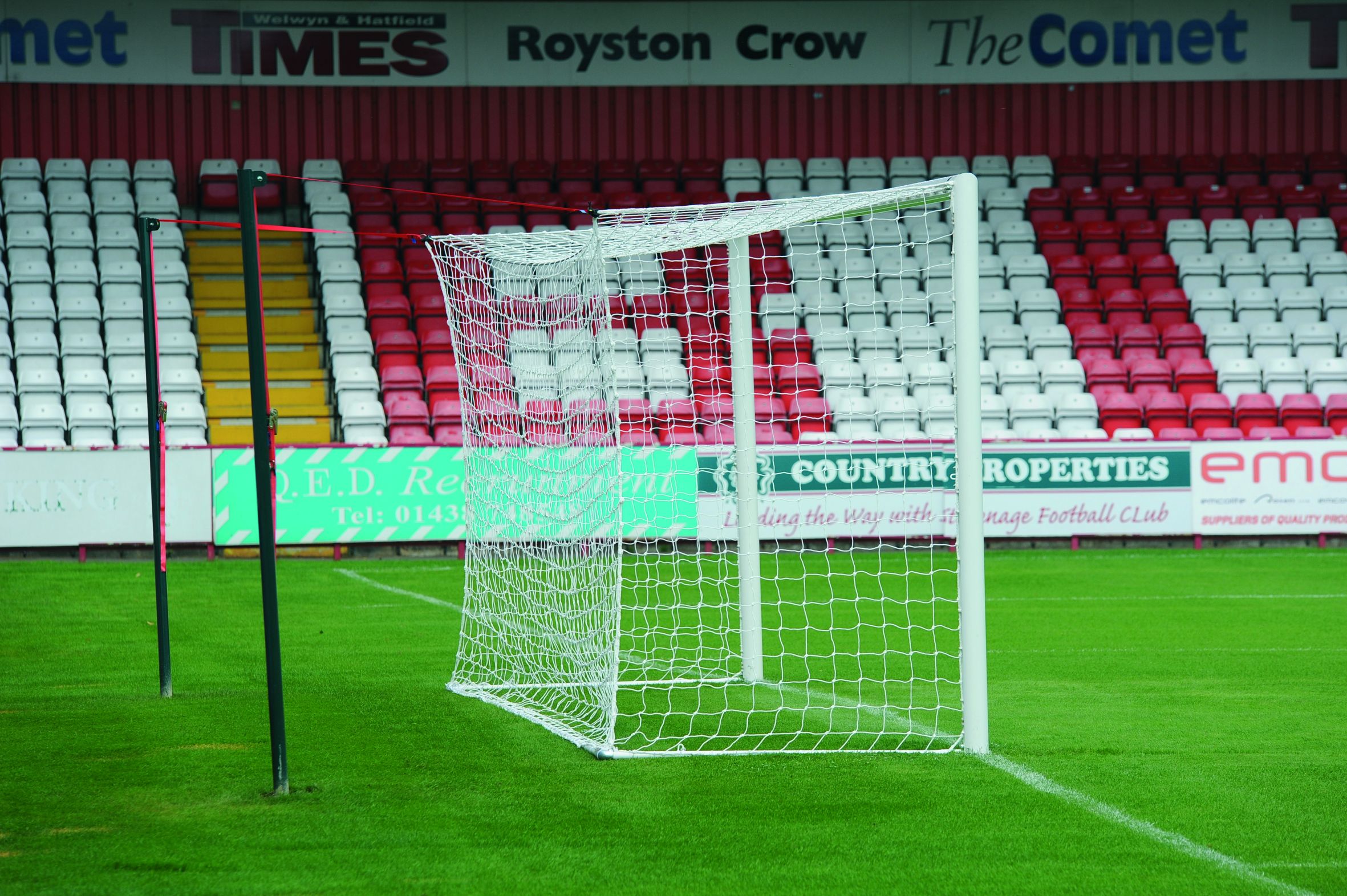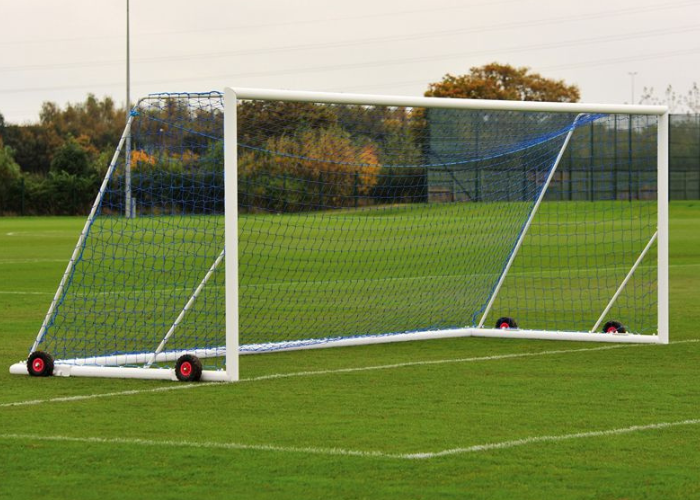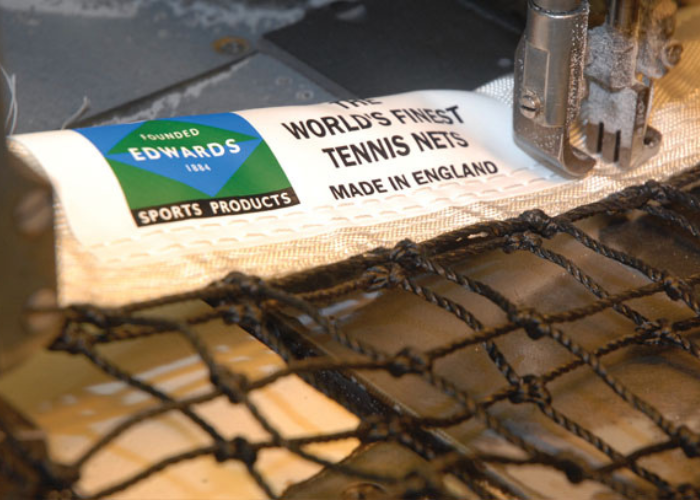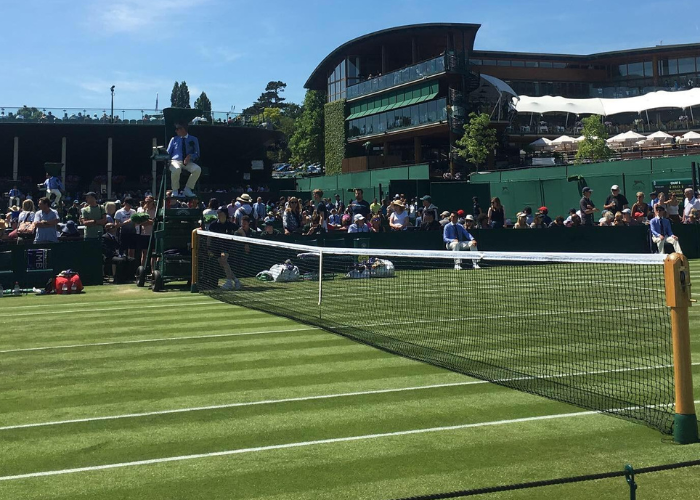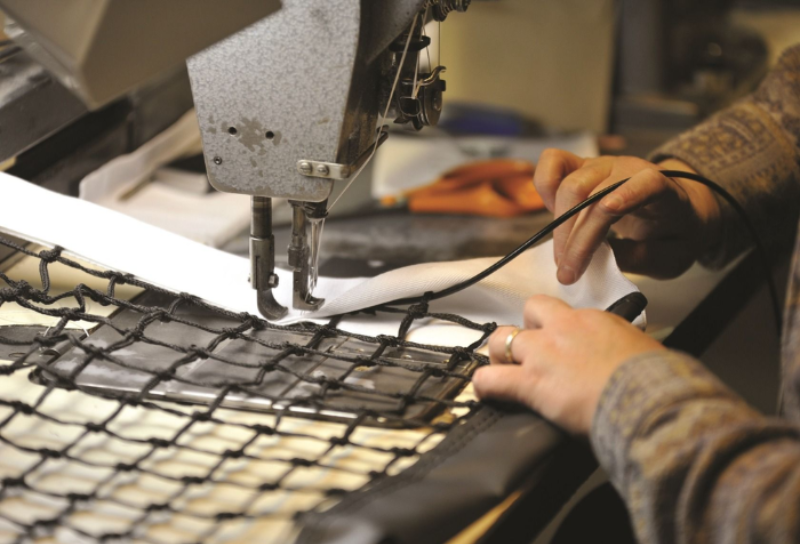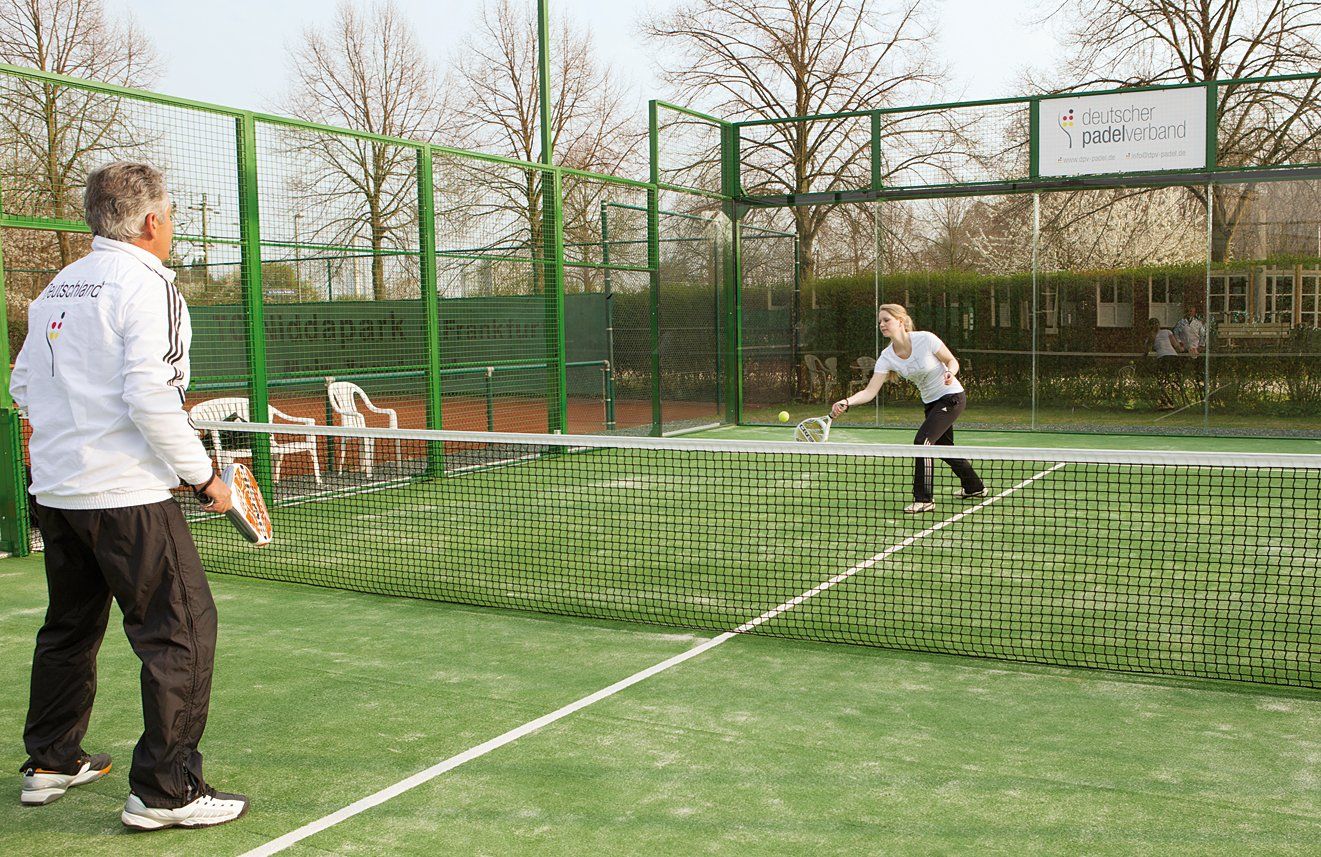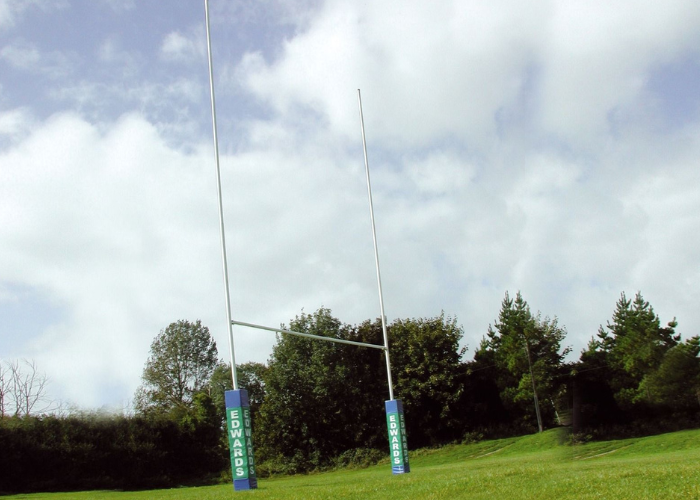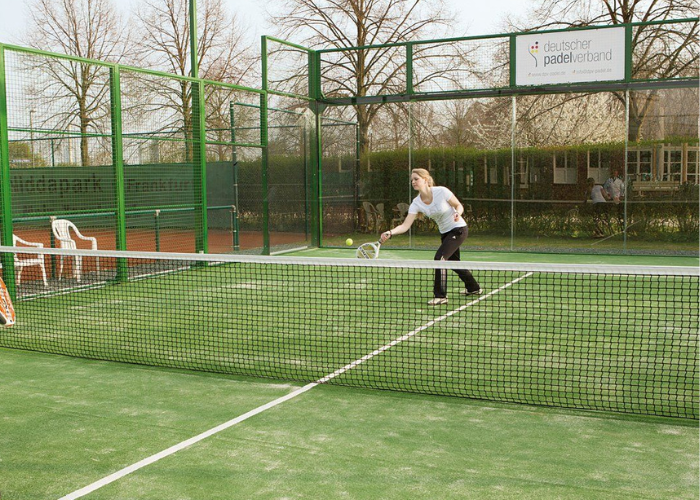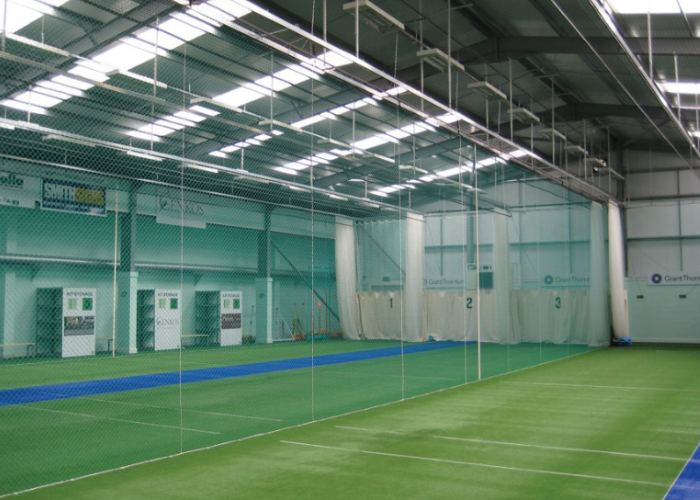We use cookies to make your experience better. To comply with the new e-Privacy directive, we need to ask for your consent to set the cookies. Learn more.
Padel Vs Tennis: The Differences & Similarities Between the Two
- Admin
- Blog Posts
- 23 Apr 2024
-
117views
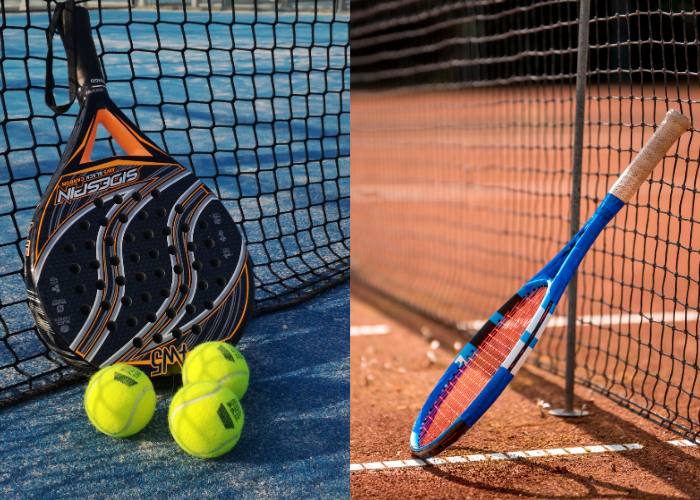
Discover the key differences between padel & tennis in our breakdown, including which is easier, the rules & how to win. Read more at Edwards Sports!
Padel is the newest racket sport to take the UK by storm, with its popularity growing significantly since 2019. As more and more people take an interest in this sport, it threatens to take tennis's crown as the most loved racket sport in the country, but what's the difference?
Although both are racket sports, there are quite a few differences that set them apart in terms of entertainment value and the difficulty of the sport itself.
| Padel | Tennis | |
|---|---|---|
| Difficulty | Easier to learn, less physically demanding | Harder to learn, more physically demanding |
| Players | Primarily doubles | Singles or doubles |
| Court Size | Smaller (20m x 10m) with walls | Larger (23.77m x 8.23m for singles, 10.97m for doubles) |
| Surface | Synthetic turf | Grass, clay, or hard court |
| Ball | Lower bounce, slower speed | Higher bounce, faster speed |
| Racket | Shorter, solid face, no strings | Longer, larger head, strung |
| Scoring | Games are won by the first to four points & tie-breaks at deuce requiring a two-point lead | Games are won by the first to four points & tie-breaks at deuce requiring a two-point lead |

Padel Vs Tennis: The Key Differences
Although very similar, some key differences between tennis and padel make them seem like entirely different sports when it comes to playing them.
Here are the main differences between these two racket sports to help you better understand them.
Difficulty of Play
When comparing the difficulty of tennis and padel, several key aspects stand out.
Tennis generally requires a higher level of physical fitness and athleticism due to the larger court size and the need for a broader range of motion and strength to cover the area effectively.
The game is physically demanding, with long rallies and a need for powerful serves and returns.
Padel, on the other hand, is often seen as more accessible and easier for beginners to pick up. The smaller court, enclosed by walls, means less ground to cover, and the use of walls to play the ball adds an element that can simplify play.
Also, the padel racket, which is solid with no strings, is easier to handle for newcomers, reducing the difficulty of hitting and controlling the ball.
As a result, padel is generally considered easier to learn and play at a basic level, making it an inviting option for players of all ages and skill levels.
Number of Players
One of the main differences between padel and tennis is the number of players required to play a match.
Tennis can be played in either singles or doubles. This flexibility allows players to choose a game style that best suits their preferences.
Padel, in contrast, is predominantly played in doubles, with two players on each side of the court. The design of padel courts, with their smaller size and walls used for ball play, naturally lends itself to a doubles format.
Singles padel is less common and not as widely played or recognised as doubles. With that being said, casual games and training can take place in a singles format.
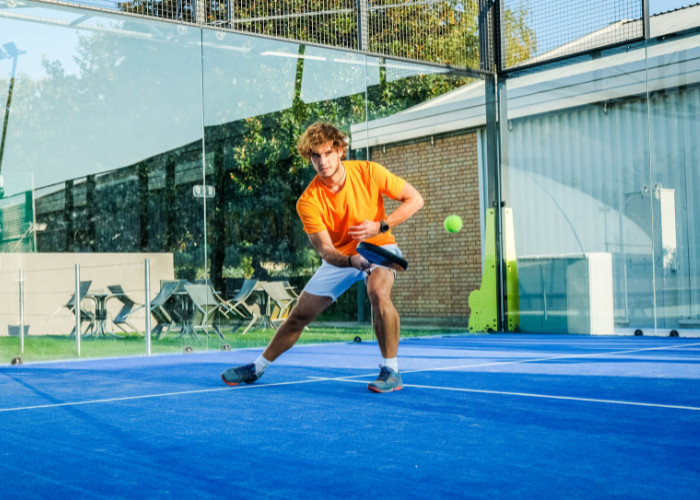
Playing Surface & Court Dimensions
The distinctions in playing surfaces and court dimensions between tennis and padel significantly influence the gameplay and strategy of each sport.
Tennis courts are larger, measuring 23.77 metres in length, 8.23 metres in width for singles matches, and 10.97 metres in width for doubles.
|
Tennis can be played on various surfaces, including:
|
Each surface offers a different speed and bounce that can affect the game's dynamics.
Padel courts are much smaller, measuring 20 metres in length and 10 metres in width. Their reduced size, combined with walls surrounding the playing area, allows players to use them for rebounds, adding a unique strategic element to the game.
Padel courts typically have a synthetic turf surface, which influences the ball's speed and bounce, often resulting in slower play and longer rallies compared to tennis.
The choice of surface in both sports plays a crucial role in the overall gameplay, requiring athletes to adapt their strategies and skills accordingly.
Ball Composition
The balls used in tennis and padel are actually pretty different in their makeup, which really affects how each game plays out.
Tennis balls are designed to have a high degree of bounce and speed. They’re crafted from a rubber base covered with fibrous felt. This construction allows them to travel fast and bounce high, which complements the larger court dimensions and varied playing surfaces of tennis.
The pressure inside a tennis ball is significantly higher, contributing to its lively bounce and responsiveness during play.
While visually similar to tennis balls, padel balls are slightly softer and have less internal pressure. This characteristic results in a lower bounce and slower speed, which is well-suited to the smaller, enclosed padel courts and the strategic, reflex-based gameplay.
The reduced bounce and speed facilitate longer rallies in padel, emphasising precision and placement over power and speed.

Racket Differences
The differences between tennis and padel rackets are as distinctive as the sports themselves, contributing significantly to each's unique gameplay experience.
Tennis rackets are characterised by their longer handles, larger head sizes, and strings that are tensioned to strike the ball.
This design allows players to generate powerful shots and a wide variety of spins, catering to the extensive movement and strategic placement required in tennis.
In contrast, padel rackets are shorter and do not have strings. Instead, they feature a solid surface made of composite materials, which may include carbon fibre for strength and EVA rubber for shock absorption.
This surface is punctuated with perforations or holes to reduce air resistance and increase manoeuvrability. The padel racket's smaller size and solid face make it easier to control and swing, which is ideal for the fast-paced, close-quarters exchanges typical in padel matches.
Padel Vs Tennis: The Similarities
Of course, there are some similarities between these two popular racket sports as well. The most important similarity is the scoring of the match.
Scoring a Match
The scoring system in padel and tennis is remarkably similar, with a few nuanced differences due to each sport's unique aspects.
Matches are scored using a traditional system familiar to many sports enthusiasts, consisting of games and sets.
In tennis, a game is won by the first player to reach four points and a game point. The four points are scored as follows:
|
If the score hits 40-40, known as 'deuce', a player must win by two consecutive points.
|
Padel has a similar system, with games won by the first to four points and tie-breaks at deuce requiring a two-point lead. |
Both sports generally play best-of-three-sets matches, where winning a set requires six games with at least a two-game lead. At a 6-6 set tie, tennis plays a tie-break to 7 points (needing a two-point lead), as does padel.
Is it Easy to Switch Between Padel & Tennis?
Switching between padel and tennis involves an adjustment period due to the differences in court size, equipment, and ball characteristics. However, players with experience in racket sports generally find it easier to adapt.
Skills from tennis, such as hand-eye coordination, strategic placement, and groundstrokes, are transferable to padel. The smaller court and slower ball speed in padel can even improve a tennis player's focus on precision and tactics.
On the other hand, padel players shifting to tennis may benefit from their quick reflexes and net play – though they might need time to adjust to the larger court and faster ball speed.
With patience and practice, transitioning between the two sports can offer a refreshing challenge and enrich the player's overall skill set and enjoyment of racket sports.
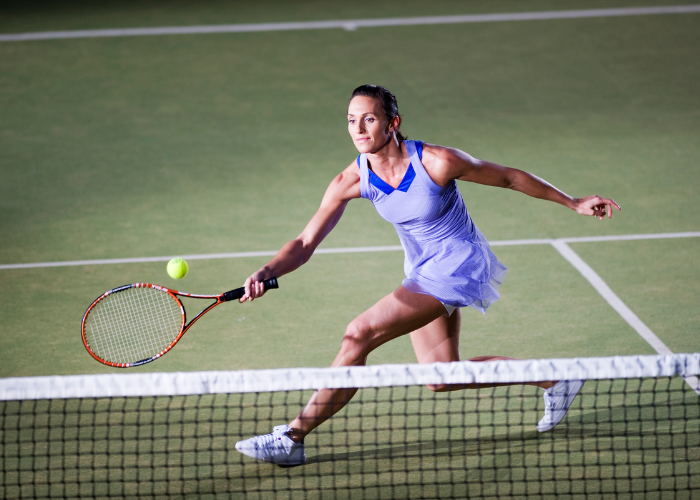
What are the Different Padel & Tennis Competitions?
The world of racket sports boasts a variety of prestigious tournaments and competitions, each showcasing top talent from around the globe. Here's a glance at some of the most celebrated events in both padel and tennis:
Tennis Tournaments
These are some of the most popular tennis tournaments held around the world. Due to their mainstream popularity, many of these you may have heard of before, regardless of your level of interest in the sport.
| Tournament | Description |
|---|---|
| Grand Slam Tournaments | Australian Open, French Open (Roland Garros), Wimbledon, US Open |
| ATP Tour Finals | Top 8 singles players and doubles teams based on year-end rankings (men's tennis) |
| WTA Finals | Top 8 singles players based on year-end rankings (women's tennis) |
| Davis Cup | International team event in men's tennis (knockout format) |
| Fed Cup | International team event in women's tennis (knockout format) |
Paris Olympics Tennis 2024 Preview: What to Expect
Padel Tournaments
Here are some of the most popular competitive Padel tournaments around the world. These are great to watch whether you're just getting into the sport or have been an enthusiast for some time.
| Tournament | Description |
|---|---|
| World Padel Tour | Highest level professional padel circuit |
| International Padel Federation (FIP) Championships | An annual competition for national teams to compete for a world title |
| European Padel Championships | Top European players compete for continental supremacy |
| Premier Padel | New global tour with Grand Slam category tournaments |
| National Championships | Determine the best padel players at the national level (qualifiers for international events) |
Both padel and tennis offer thrilling spectacles in their respective tournaments. They often feature jaw-dropping skill, endurance, and strategy, making them a must-watch for sports enthusiasts.
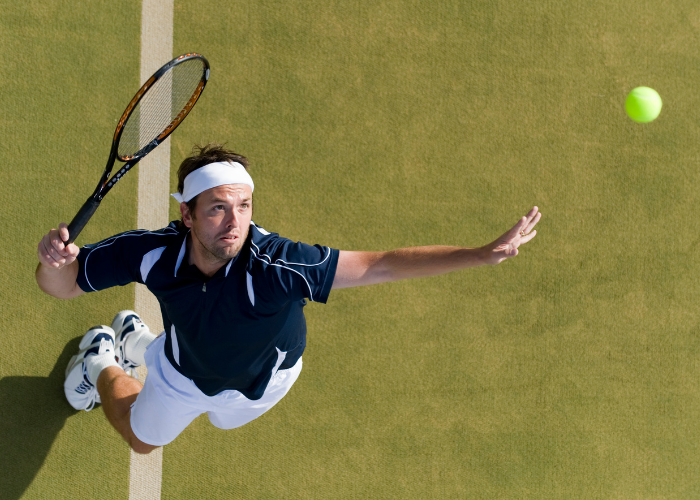
Padel Vs Tennis: A Wildcard or Grand Slam?
Choosing between padel and tennis boils down to personal preference, accessibility, and perhaps the desire to try something novel or stick with a classic.
Both sports offer unique challenges and joys, embodying the essence of racket sports while providing distinct experiences. Why not give both a try? You might just discover a new passion or rekindle an old one.
For more about padel tennis, read our in-depth post What is Padel Tennis? The Nation’s New Favourite Ball Game.
FAQs
What is Easier, Tennis or Padel?
Padel is often considered easier to pick up than tennis for beginners due to the smaller court size, walls that can be played off, and slower ball. However, mastery in both sports requires skill, strategy, and practice.
Why is Padel So Popular?
Padel's popularity can be attributed to its accessibility for all ages and skill levels. It promotes social interaction within a less physically demanding framework than tennis. This combination of ease and camaraderie makes padel an appealing option for many, contributing to its growing global appeal.
Can You Play Padel Like Tennis?
While padel and tennis share basic principles, playing padel like tennis is not advisable due to their distinct rules, court sizes, and equipment. Padel requires adaptation to its unique elements, such as wall plays and smaller, perforated rackets, making direct application of tennis techniques less effective.
Is Padel Physically Demanding?
Padel may seem less physically demanding than tennis due to its smaller court size and the use of walls in play, which can reduce the amount of running required.
However, due to the smaller court size and more intense rallies, it can still provide a good physical workout, especially at higher levels of play.





